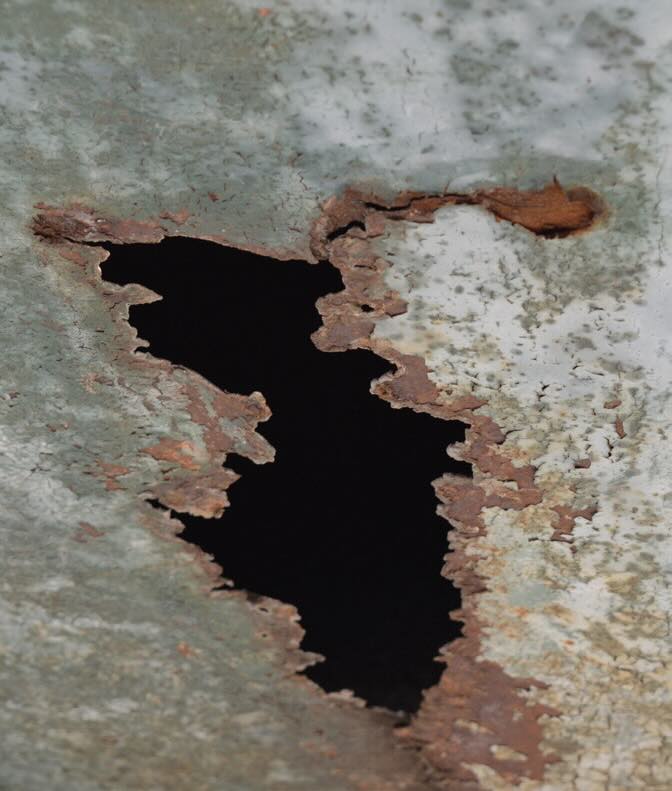While not quite a classic, the 1951 movie “No Highway in the Sky,” starring James Stewart and Marlene Dietrich, is a fair way to spend an hour and a half. Stewart plays Theodore Honey, a metallurgist who is testing for fatigue in the tail section of the Reindeer, a new jet aircraft. Consider this (edited) exchange between Stewart and his new boss Dennis Scott (played by Jack Hawkins):
Scott: I was quite interested in that experiment of yours, with the Reindeer tail group. Would you like to tell me just what your idea is?
Honey:
(Previous investigators) postulate vibration as a source of energy. I reasoned that since this energy does not appear in any of the ordinary forms, such as heat or electrical potential, it must be absorbed by the metal itself. And that sufficient absorption would result in nuclear fission of the aluminum atom in an isotopic form with crystalline affinities.
Scott: I see. And that means the tail will fall off.
Honey: Exactly.
Putting aside the obvious nonsense of vibration providing enough energy to cause “nuclear fission” of aluminum, “crystalline affinities” is a reference to an old theory of fatigue in metals. The study of fatigue in engineering structures began in earnest in the late 1800s. Fracture surfaces of fatigued components often exhibit two distinct regions, one relatively smooth (a region of slow crack growth, often over a considerable period of time) and a fast fracture region (when the remaining cross-section of material is insufficient to bear the applied load). The fast fracture region often exhibits a somewhat shiny appearance, due to the fracture propagating along the grain boundaries of the metal. For this reason, some early investigators thought the failure was due the metal “crystallizing.”
Unfortunately for the “crystallization” theory proponents, the science of metallography also was rapidly developing in the late 1800s, and quickly established that the common engineering metals are already highly crystalline. Research over the last 150 years has repeatedly confirmed that fatigue is due to microscopic plastic deformation within the material’s structure, either at pre-existing flaws or the development of cracks at crystal surfaces. The service conditions, especially temperature, of most structures are insufficient to change the overall crystal structure in any meaningful way.

In spite of this record, the terms related to “crystallization” have proven remarkably sticky in common discussion of fatigue failures. Consider a few citations from my library:
From 1939: As one metallurgist of long-standing reputation has said, the crystallization failure experts must be allowed to die out gradually before the theory itself may be laid to rest.
1
From 1975: In early literature, fatigue fractures were attributed to “crystallization,” because of their crystalline fracture appearance. But metals are crystalline solids, and therefore the use of the term crystallization in connection with fatigue is confusing and should be avoided.
2
Sounds like the crystallization theory of fatigue has been well and truly extinguished. So imagine my reaction, while paging through a relatively recent publication:
From 2006: Ferrous materials, (indeed most metals), are highly prone to crystalline fracture as a result of changes to the grain structure arising from repeated stress reversal.
3
While New Scientist is not a scholarly journal, but rather seeks to popularize science for everyone, it is nevertheless disappointing to see them blithely perpetuating such an outdated concept.
REFERENCES
1.
Heyer, R. H. (1939),
Engineering Physical Metallurgy, D. Van Nostrand Co., Inc., New York, p. 20.
2.
Boyer, H. E. (1975),
Metals Handbook, Vol. 10: Failure Analysis and Prevention, American Society for Metals, Metals Park, Ohio, p. 95.
3.
New Scientist (2006),
Why Don’t Penguins’ Feet Freeze?, Free Press, N.Y., p. 159.